Exploring Yamashiro Onsen: Crafts & Culture
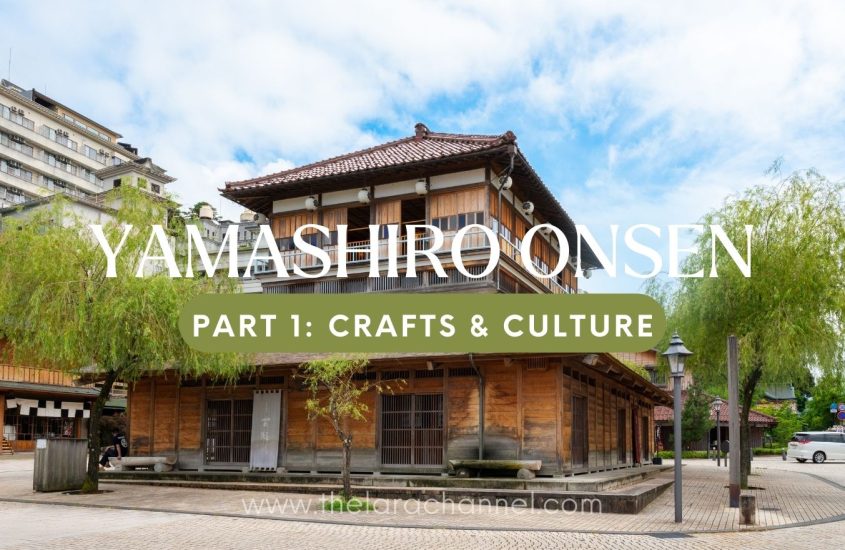

Nestled in the heart of Ishikawa Prefecture, Yamashiro Onsen is a charming hot spring town that offers visitors a unique blend of cultural experiences and traditional crafts. With a rich history dating back over 1,300 years, this serene destination invites you to immerse yourself in its local heritage.
Now, with the extension of the JR Hokuriku Shinkansen Line to Kaga Onsen Station in the spring of 2024, accessing Yamashiro Onsen from Tokyo has never been easier. Just one stop away from Kanazawa Station via bullet train, visitors can arrive at Kaga Onsen Station, where shuttle buses from selected ryokans will conveniently pick you up and drop you off.
Cultural Experiences and Craft Workshops
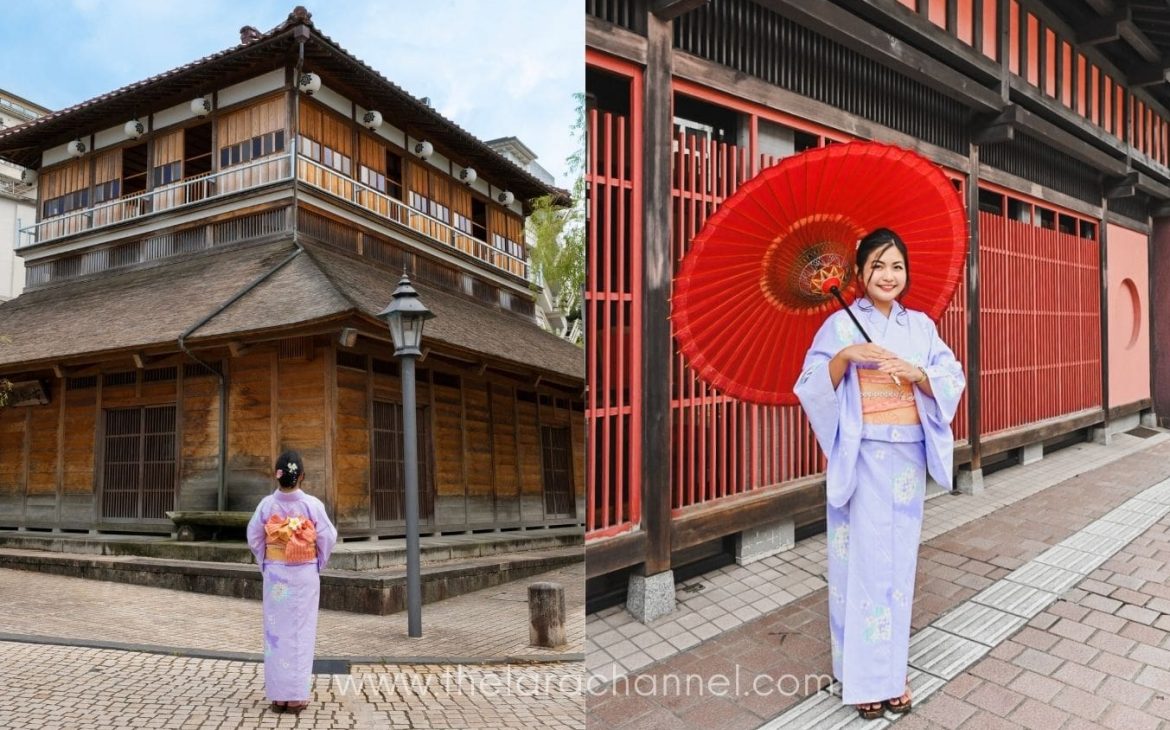
Yukata Rental While Strolling Town
One of the most delightful ways to explore Yamashiro Onsen is by renting a yukata, a traditional Japanese summer garment. I rented my yukata from Kaga Yui and the shop had a wide variety of beautiful designs. They I got my hair styled at the yukata shop, which completed the traditional look. Wandering through Yamashiro Onsen’s quaint streets and soaking in the town’s traditional ambience while dressed in a yukata was definitely one of the highlights of my visit.

Pottery and Pottery Painting
Yamashiro Onsen is renowned for its Kutani pottery, a traditional craft that dates back to the 17th century. Although there was an option to try pottery making, I joined the pottery painting workshop this time at Kutani Mangetsu. Here, I could choose from a variety of kitchenware to paint, including cups, plates, and bowls. Since I love miso soup, I chose a bowl and carefully painted it with my own design. The experience was not only creative but also deeply satisfying. I can’t wait to use my custom-painted bowl for my miso soup at home!

Sake Tasting
No visit to Yamashiro Onsen is complete without sampling the local sake. I visited Ippukuya, located at Yamashiro’s Information Center, where I had the opportunity to pick three sake from a selection of local brews. My choices were served in elegant Kutani ware cups, adding an extra layer of cultural immersion. To complement the sake, a serving of yokan, a traditional Japanese sweet, was also provided. Comparing the rich flavors and unique characteristics of each sake was indeed interesting.
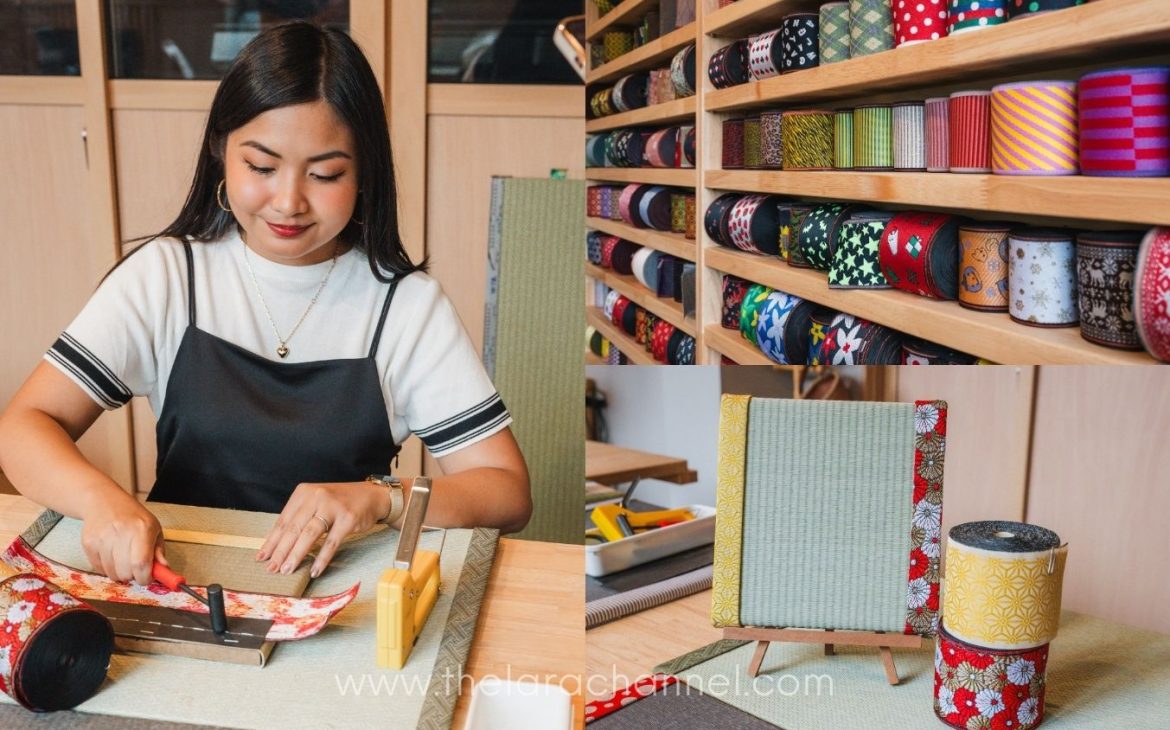
Make Your Own Mini Tatami
Tatami mats are a quintessential part of Japanese homes, traditionally used as flooring in rooms. In this workshop, I got to decorate my own mini tatami mat. I was able to select 2 colorful tatami mat rims from a variety of prints, patterns, and colors available. With guidance from the staff, I attached the rim to my mini tatami, which added a personal and decorative touch. Although I didn’t weave the tatami myself, the process of customizing and assembling it was incredibly rewarding and it provided a unique and memorable keepsake.
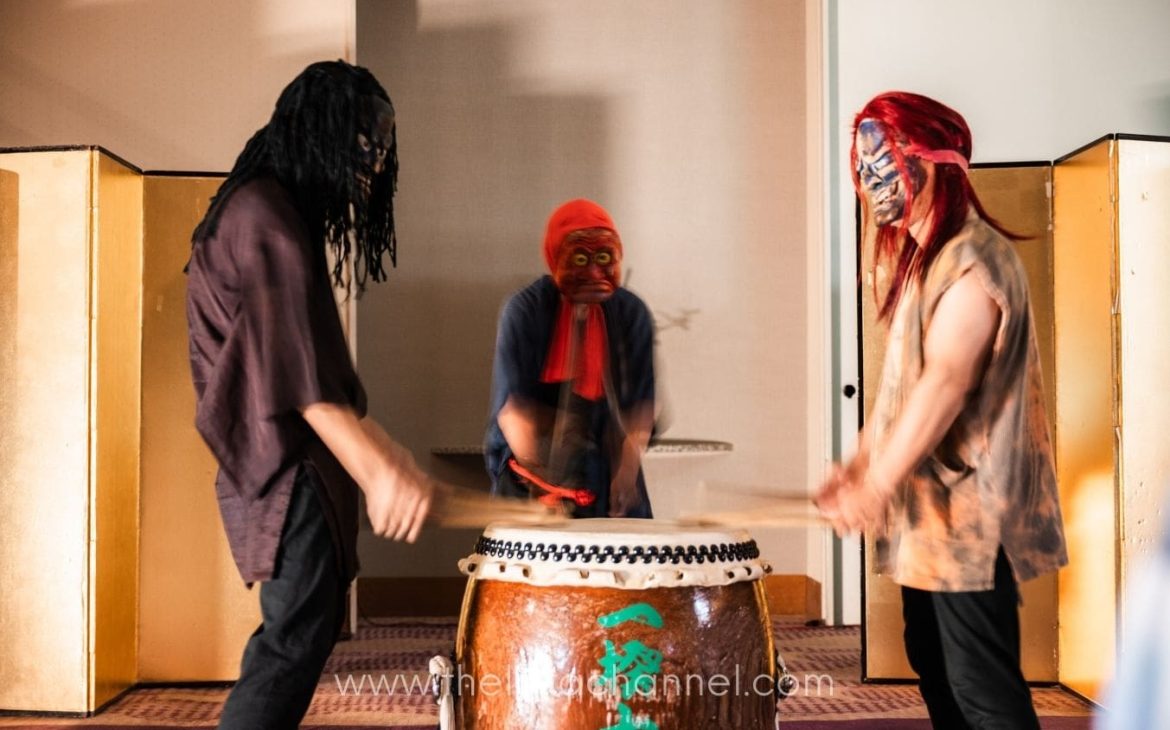
Kaga Taiko Performance
Witnessing the Kaga Taiko performance at Ruriko Ryokan was a mesmerizing experience. This free nightly event features a group of skilled drummers who don traditional ogre masks, creating an atmosphere that is both eerie and captivating. The powerful beats of the taiko drums resonated through the night, filling the ryokan with an energy that is both primal and exhilarating.
Historical Sites
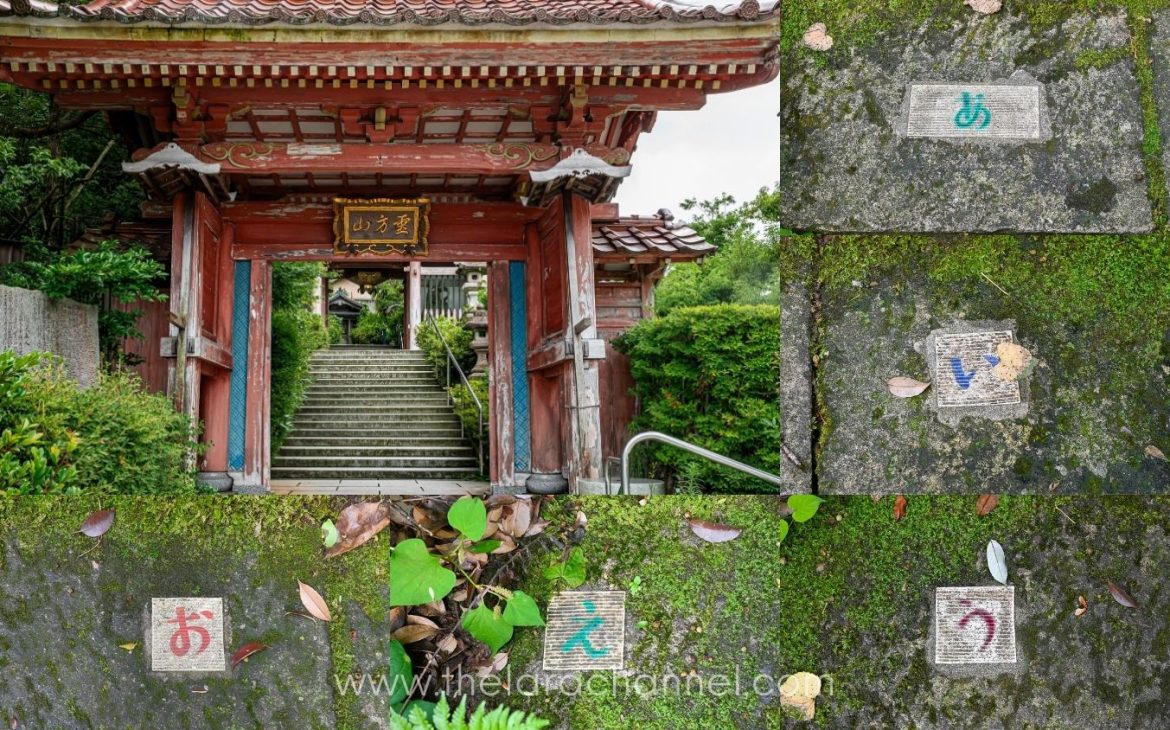
Yakuoin Temple
During my visit, I had the chance to explore Yakuoin Temple, a serene and historical site that offers a glimpse into the spiritual heritage of Yamashiro Onsen. This ancient temple is dedicated to Hakusan, the sacred mountain, and was once considered the foremost of the five major Hakusan temples of its time. It’s renowned as a power spot believed to be inhabited by Shinto gods and Buddhist deities. According to legend, the hot spring source in Yamashiro Onsen was discovered by the high priest Gyoki during his pilgrimage to Mt. Hakusan. He also founded this temple, known today as Yakuoin Onsenji Temple. Remarkably, it is here that the Japanese syllabary (あいうえお, aiueo) was developed, adding a significant cultural layer to this sacred site.
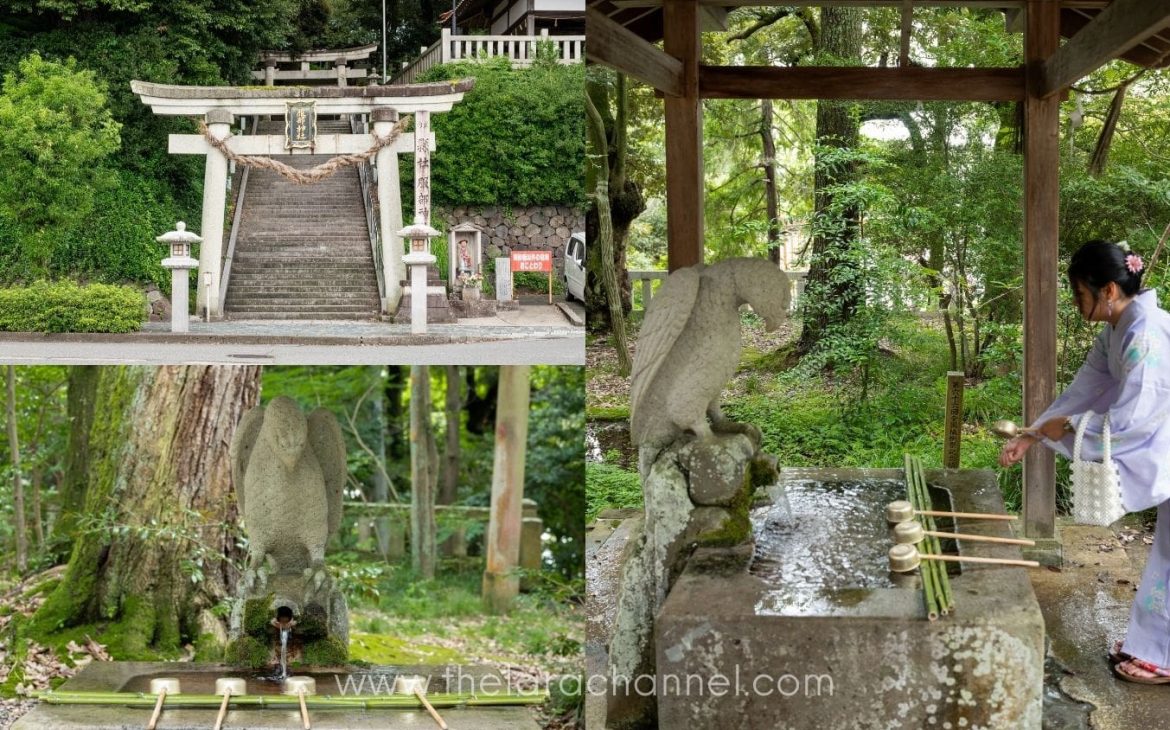
Hatori Shrine
Another historical place I visited was Hattori Shrine, which is conveniently located next to Yakuoin Temple. The shrine is known for its stunning torii gate with shimenawa sacred rope. To reach the shrine, I climbed a stairway with roughly 100 steps. At the top, I was greeted by two giant trees which added to the shrine’s serene and majestic atmosphere.. As I walked through the shrine, I felt a deep sense of calm and reverence. It’s a must-visit for anyone looking to experience the spiritual side of Yamashiro Onsen.
Recommended Eats
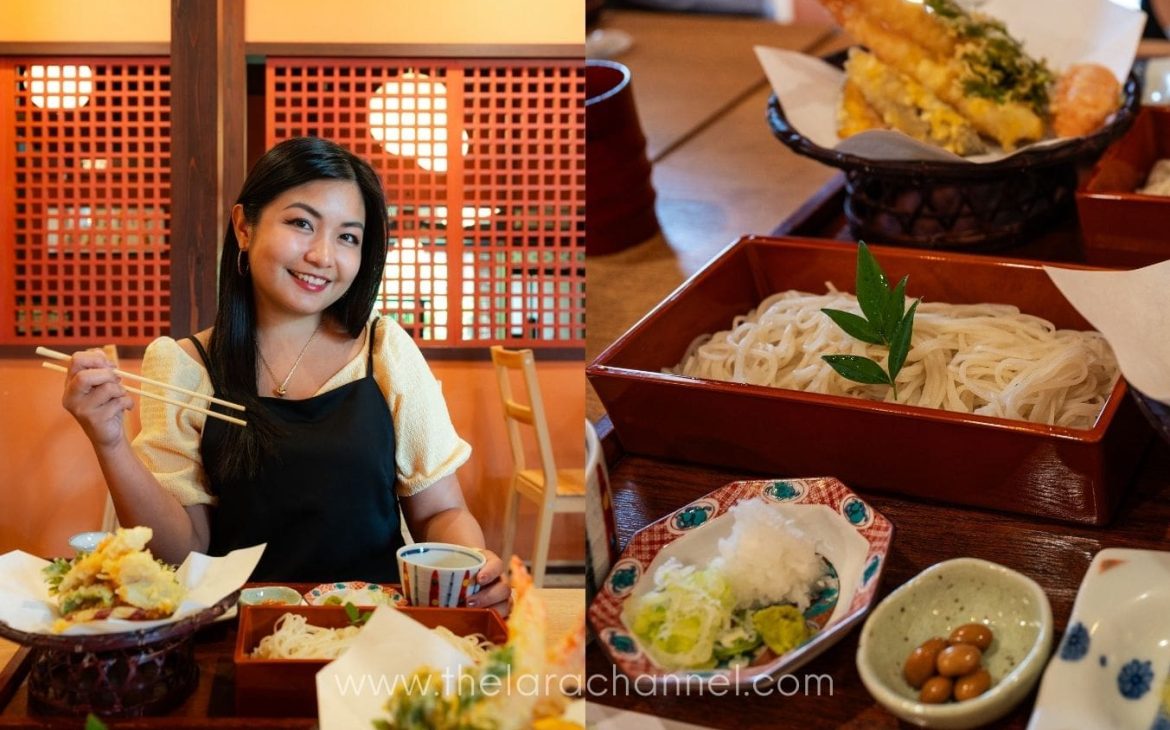
Ishikawa Soba
When it comes to local cuisine, Ishikawa Soba is a must-try. For lunch, I visited Teuchi Soba, where they serve white, silky-smooth soba. The restaurant offers various set menus, including the popular tempura and soba set and the nishin (simmered herring) soba set. I ordered the Chicken tempura soba set, and it was absolutely delicious. The combination of the light, crispy tempura and the smooth, flavorful soba dipped in tsuyu sauce was perfect.
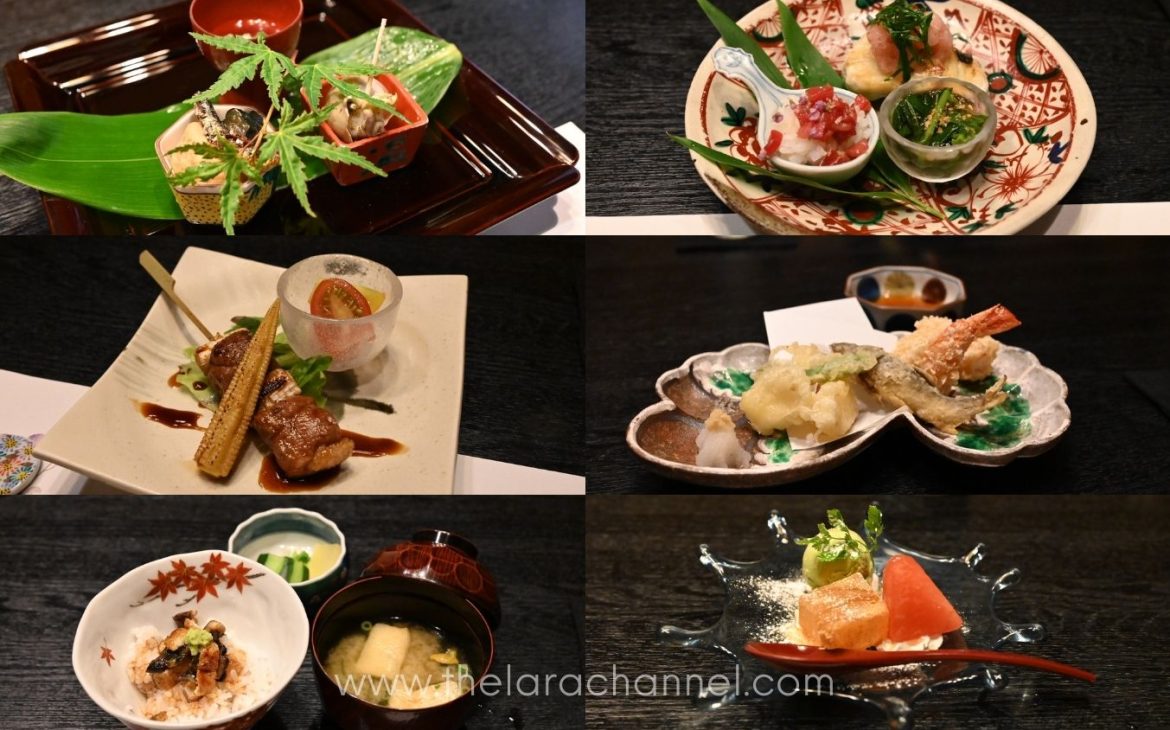
Kappo Ryouri
For a refined dining experience outside of my ryokan, I opted for Kappo Ryouri at Kappo Kaga, a restaurant serving seasonal Kaga dishes that has been run by the same family for three generations. The dishes are made from local ingredients, including soy sauce and rice harvested in Kaga City. The restaurant also boasts a wide selection of sake, and you can choose your ochoko, or sake cup, from more than 80 kinds available, collected from all over Japan.
Recommended Stays
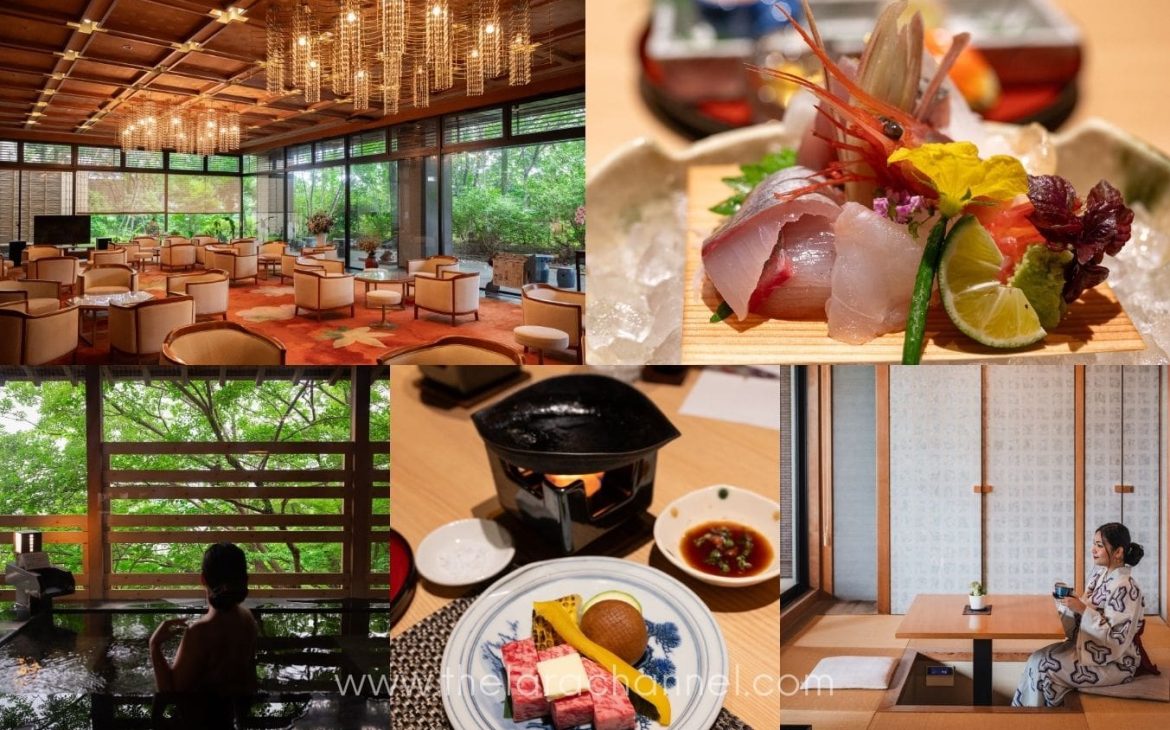
Banshokaku
During my first night in Yamashiro Onsen, I stayed at Banshokaku, a ryokan known for its warm hospitality and traditional charm. One of the highlights of staying at Banshoukaku was the opportunity to experience forest bathing, immersing myself in the natural beauty surrounding the ryokan. The rooms here feature natural free-flowing hot spring water, with no added water or heat, and some even come with private hot springs. I stayed in a room with a private hot spring, which was a truly luxurious experience. Additionally, the ryokan serves fresh seafood and meat dishes unique to the Hokuriku region.
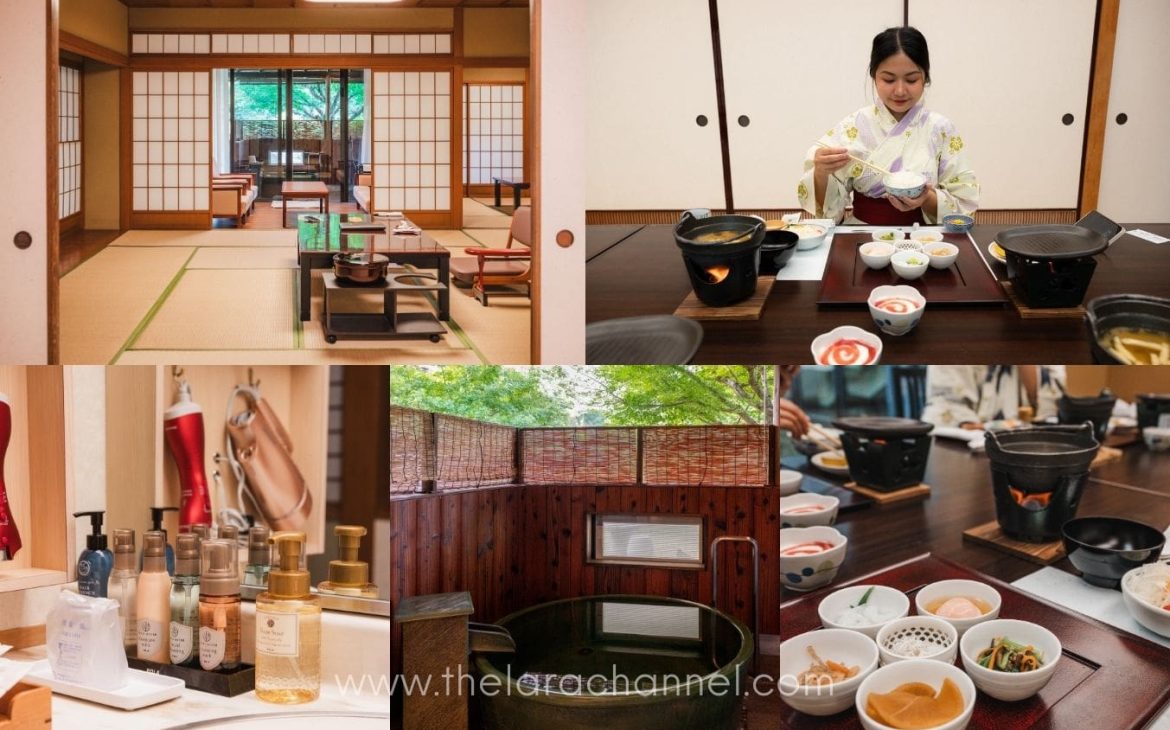
Kaga Hyakumangoku
On my second night at Yamashiro Onsen, I stayed at Kaga Hyakumangoku, a ryokan which offers guests a laid-back and relaxing experience. This ryokan features an authentic Japanese rock garden and hot springs with water that comes directly from the source in Kaga. They also serve Japanese Kaiseki cuisine, expertly prepared by the head chef using fresh, seasonal ingredients from the Hokuriku region.
Getting Around Town
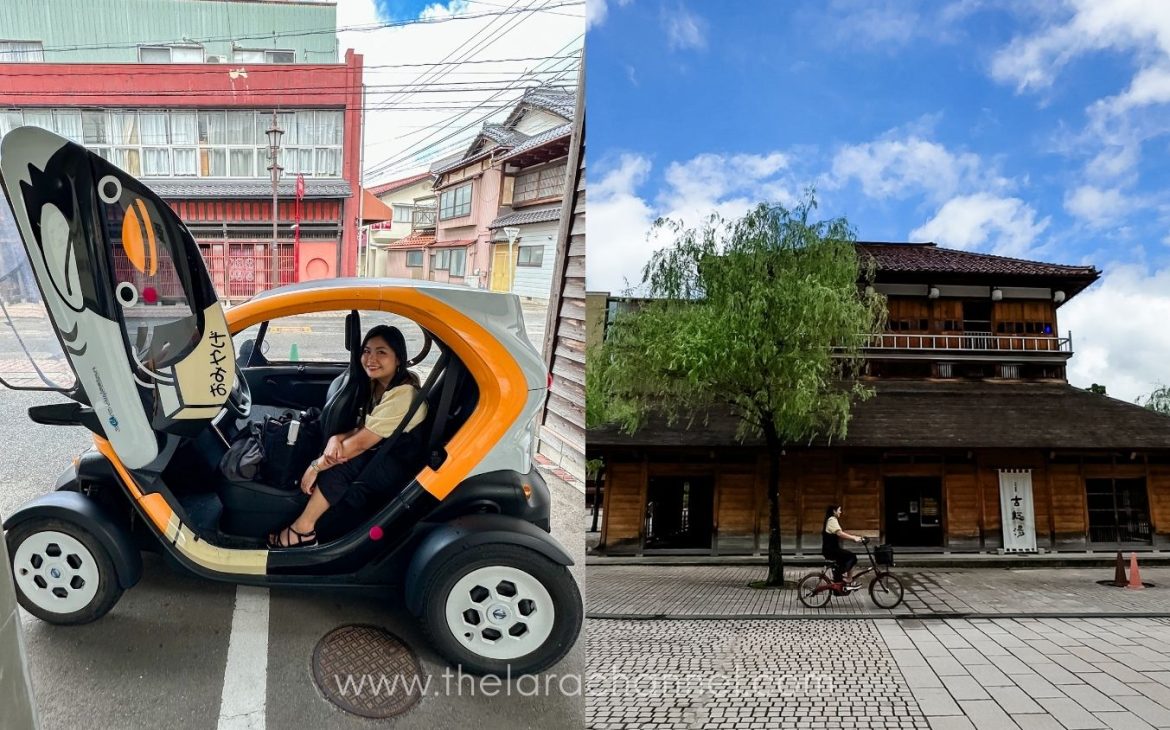
Yamashiro Onsen is very walkable, especially around the town center. However, if you’re looking for fun ways to explore the town and reach places further away from the center, try out Nuku Mobi, a compact, 2-seater electric car available for rent for ¥1000 per hour (an International driving license is required). Alternatively, you can rent a bicycle for just ¥500, which is a fantastic way to enjoy the scenic views of the nearby rice fields and fresh air.
Check out this Yamashiro Onsen video:
Visit Yamashiro Onsen’s Official Website for more information and guides: https://yamashiro-spa.or.jp/en-page/
Yamashiro Onsen is such a hidden gem, full of cultural experiences and traditional crafts. From the soothing hot springs to wandering through the historic streets, it is a destination that beautifully encapsulates the essence of Japan’s rich heritage and timeless charm. If you’re looking for an authentic and traditional Japanese experience, Yamashiro Onsen is the place to be.

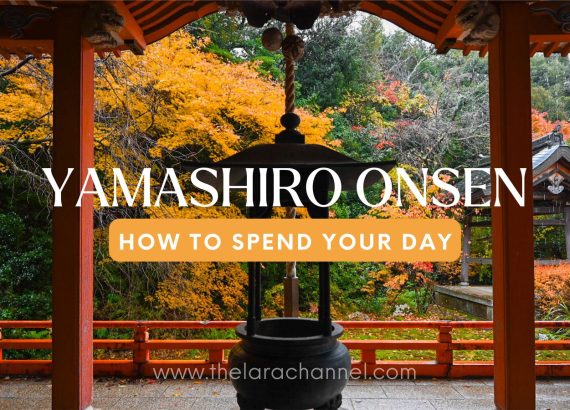
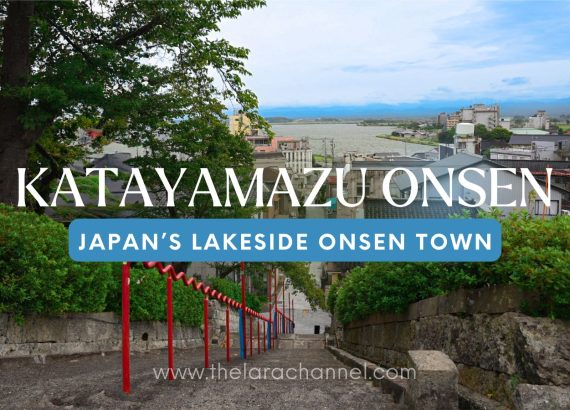
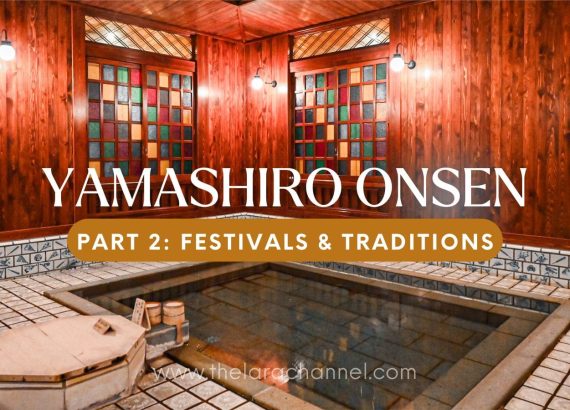
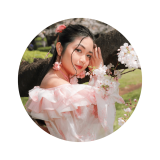
No Comments